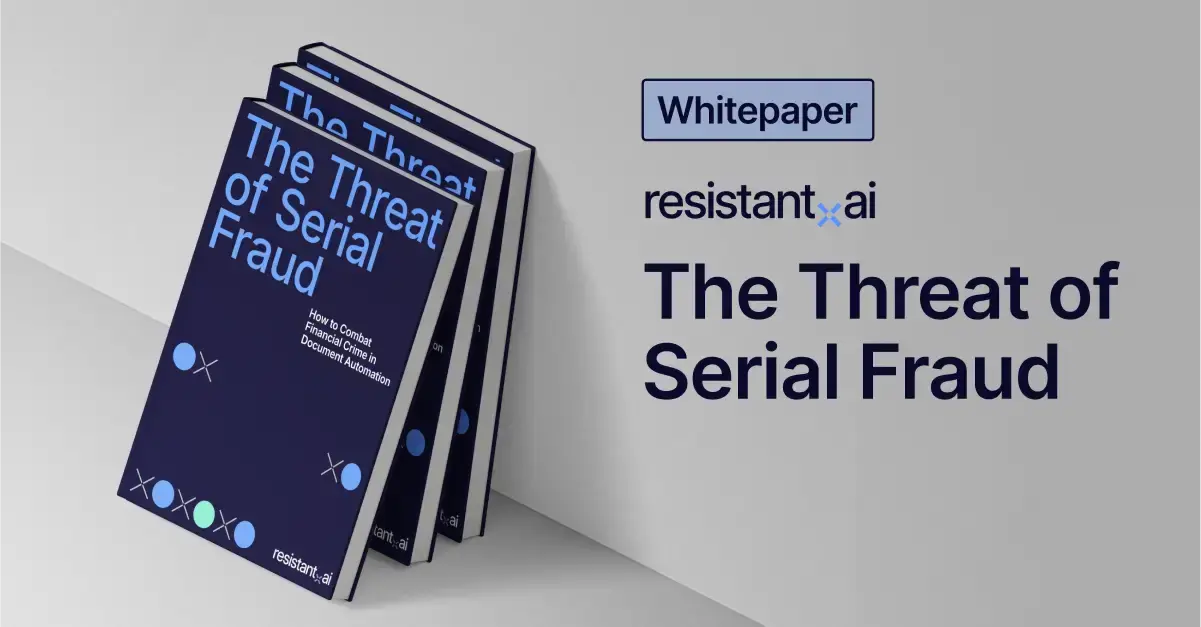Practical Guide to AI for Financial Crime Risk Detection

Financial crime is becoming more than reactive AML systems can handle, leading to alert fatigue and missed risks.
This practical guide explores how banks are successfully moving towards proactive financial crime detection by leveraging AI and machine learning in transaction monitoring.
Learn how ensemble approaches enhance effectiveness, address explainability concerns, meet growing regulatory expectations, and provide a concrete path for deploying AI to significantly improve risk detection and operational efficiency.
Key Topics Covered:
- Shifting from reactive to proactive. Understanding the limitations of traditional rules-based AML and the imperative for proactive risk detection.
- AI/ML in transaction monitoring. How specific techniques, particularly the ensemble approach, improve detection of known and unknown risks, reduce noise, and uncover hidden networks.
- Evolving regulatory expectations. Insights into how global regulators (FATF, US, EU) view and increasingly expect the use of advanced technologies like AI in AML/CFT.
- Governance and explainability. Addressing the critical need for model governance and demonstrating how AI outputs can be made interpretable for investigators and regulators.
- Practical deployment. A 5-step guide for banks to effectively define objectives, review guidance, identify users, and map AI implementation to strategic growth goals.





